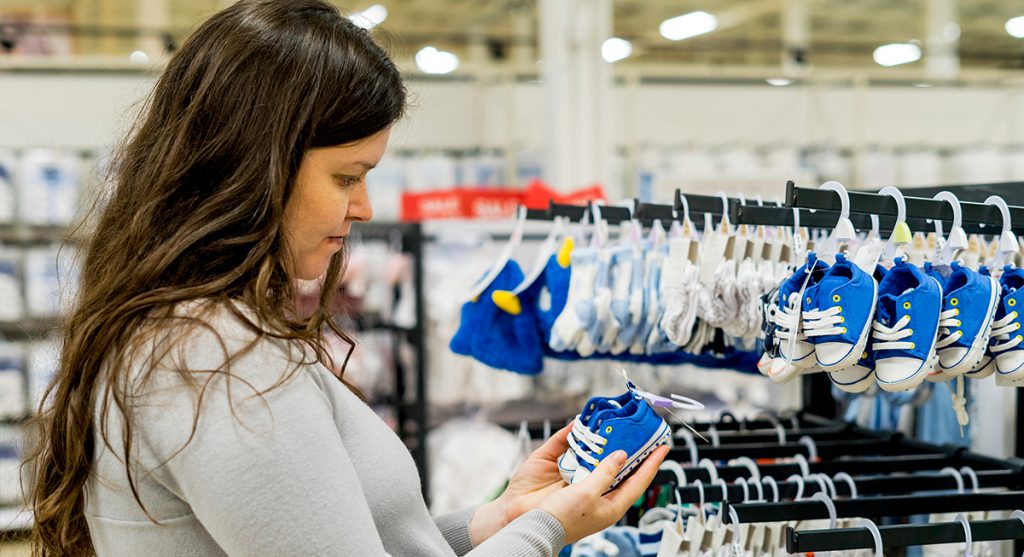Navigating the ever-changing landscape of popular language can be as exhilarating as it is perplexing. Each year, certain words capture the disposition, becoming prevalent in our conversations. However, not all of these terms age well. Some words, once trendy or useful, begin to grate on the ear or lose their original meaning, leading to calls for their retirement from our daily lexicon. This exploration delves into why some of 2023’s most overused words might be best left behind.
Mansplaining
In 2023, we saw the overuse of “mansplaining,” meaning a man explaining unnecessarily to someone, typically a woman, in a patronizing way. It’s official English but is often misused to dismiss any male contribution in discussions. Let’s retire it to foster more balanced conversations. Less labeling, more talking!
Awesomeness
“Awesomeness,” often slung around to describe anything mildly good, really waters down genuine praise. While it’s slang-turned-official, its overuse has made it a filler in casual chats. Maybe ditching “awesomeness” will bring back some weight to our compliments. Let’s make ‘amazing’ amazing again!
Amazeballs
Slang-turned-catchphrase: “amazeballs” means extremely good or impressive. It’s breezed past its peak, morphing into a cringeworthy reverberation of overdone enthusiasm. Ditching it could sharpen our speech, sparing everyone the groans. It’s time for fresher, less eye-roll-inducing expressions. This should be retired for fresher dialogue.
Inflection Point
Originally a math term, “inflection point” indicates a moment of significant change. However, it’s been co-opted into every other conversation, often to exaggerate monotonous shifts. Overuse has dulled its impact, making complex ideas seem trivial. Clearing our chats of this phrase could help us communicate changes more accurately.
Gaslighting
“Gaslighting” is officially when someone manipulates another into questioning their reality, often for control. Its rampant misuse as a catch-all for disagreements has watered down serious conversations about manipulation. Choosing our words more carefully might restore the gravity this term deserves and clarify actual issues.
Irregardless
While it might sound official, “irregardless” is a nonstandard synonym for “regardless.” This word confuses more than it clarifies, mixing “irrespective” and “regardless” into a linguistic blunder. Cutting it from our vocabulary could streamline communication and spare us the redundancy. It’s time for clearer, more precise language.



